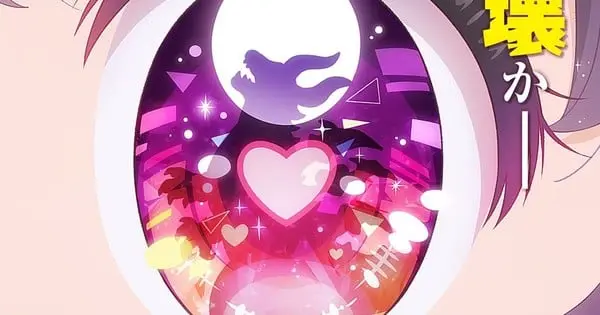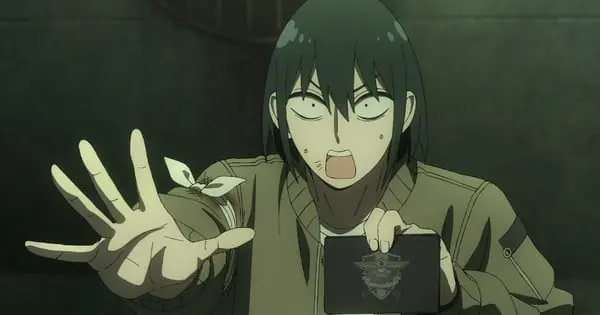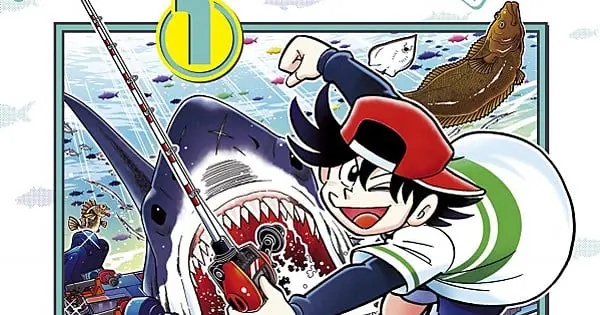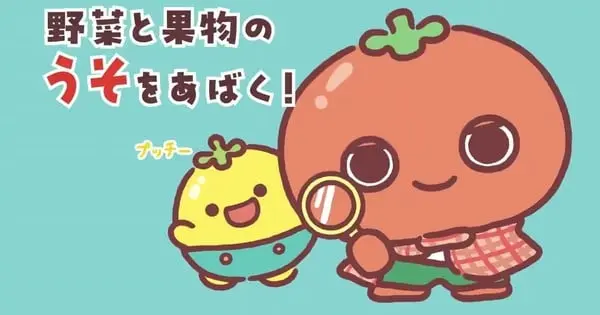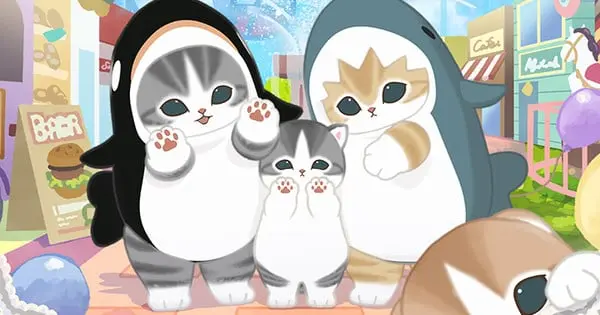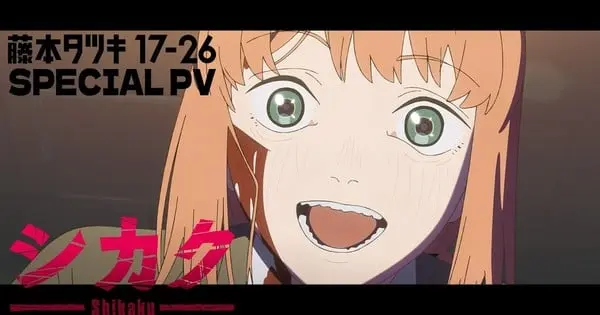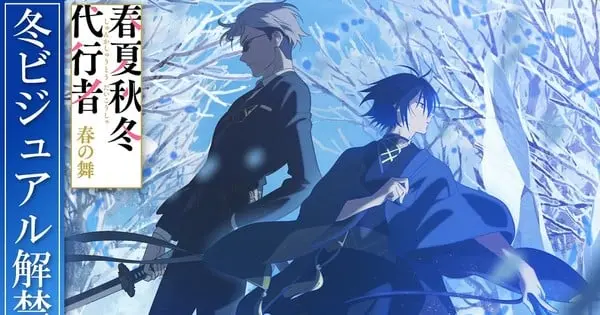The world of anime is abuzz with the impending release of “Tatsuki Fujimoto 17-26,” an ambitious anthology project that delves into the formative years of the acclaimed manga artist Tatsuki Fujimoto, best known for his groundbreaking works like Chainsaw Man and Look Back. Rather than a singular adaptation, this series brings together eight of Fujimoto’s early short stories, penned between the ages of 17 and 26, each brought to life by a different director and studio, resulting in a rich tapestry of animation. To heighten anticipation, individual promotional videos have been released, offering tantalizing glimpses into each director’s unique interpretation and vision.
What is “Tatsuki Fujimoto 17-26”?
“Tatsuki Fujimoto 17-26” is an anthology anime series that adapts eight short stories from Fujimoto’s early career, specifically those he created between the ages of 17 and 26. These stories were originally collected in “Tatsuki Fujimoto Short Stories 17-21” and “Tatsuki Fujimoto Short Stories 22-26.” This unique project serves as a window into the raw creative genius and diverse thematic explorations that would later define Fujimoto’s more famous works.
The anthology is set to premiere globally on Prime Video on November 8th, with a limited two-week theatrical screening already underway in select cinemas across Japan since October 17th. The series distinguishes itself by assigning each of the eight short stories to one of seven directors and six animation studios, ensuring a distinct visual style and narrative approach for every episode.
The Power of Eight: Unveiling Each Director’s Vision
A key aspect of the “Tatsuki Fujimoto 17-26” project is the decision to release individual promotional videos for each of the eight animated short stories. This strategy is not merely for promotion; it’s a deliberate choice to highlight the distinct artistic identities behind each adaptation. By showcasing the unique “director’s vision” for every segment, the project emphasizes the creative freedom given to the team and promises an anthology that is diverse in both storytelling and aesthetic.
This approach is particularly exciting for anime enthusiasts, as it allows for a direct comparison and appreciation of how different creative minds interpret the same source material. It fosters an environment where each short film can stand on its own, contributing to a collective experience that celebrates the breadth of animation talent involved.
A Glimpse into the Short Stories and Their Adaptations
The eight short stories encompassed in the anthology span a wide array of genres, from post-apocalyptic survival and intense adolescent drama to cosmic romance, dark obsession, and surreal comedy. Some of the confirmed titles and their themes include:
- “There Were Two Chickens in the Garden”: A tale exploring the bond between two survivors in a post-apocalyptic world.
- “Sasaki-kun Stopped a Bullet”: A story that delves into the intense emotions of adolescence.
- “Love is Blind”: A cosmic sci-fi romance.
- “Shikaku”: A dark story featuring an unhinged assassin girl.
- “Mermaid Rhapsody”: An impossible encounter between a boy and a mermaid.
- “I Woke Up and Had a Girl’s Symptoms”: A narrative exploring the search for identity.
- “Nayuta of the Prophecy”: A story about tragic destiny.
- “My Little Sister’s Older Sister”: A story about artistic rivalry and sisterly bonds.
The diverse range of stories promises an anthology that will keep viewers engaged with its unpredictability and variety. The roster of seven directors includes Tetsuaki Watanabe, Nobuyuki Takeuchi, Kazuaki Terasawa, Seishiro Nagaya, Nobukage Kimura, Naoya Ando, and Osamu Honma. The animation studios contributing to this project are ZEXCS, Lapin Track, GRAPH77, 100studio, Studio Kafka, and P.A. WORKS.
Tatsuki Fujimoto’s Legacy and Anticipation
Tatsuki Fujimoto has become a household name in the manga and anime world, with Chainsaw Man achieving massive global success and Look Back receiving critical acclaim and its own anime film adaptation. The “17-26” anthology offers a rare opportunity to witness the foundational elements of his storytelling and artistic sensibilities before they fully blossomed into the phenomena they are today.
Fujimoto himself expressed a degree of anxiety about seeing his student-era works adapted, acknowledging that they were “very youthful” and “full of influences.” However, he conveyed his trust in the talented directors, believing that their work would transform these early pieces into “proper, well-crafted pieces.” This sentiment adds another layer of intrigue, as viewers will be able to experience these foundational stories through the lens of modern animation talent, potentially highlighting themes and nuances that resonate even more strongly in retrospect.
The release of “Tatsuki Fujimoto 17-26” marks a significant event for fans and a testament to the enduring impact of his unique narrative voice. It’s an invitation to explore the origins of a creative force that continues to push the boundaries of manga and anime storytelling.

